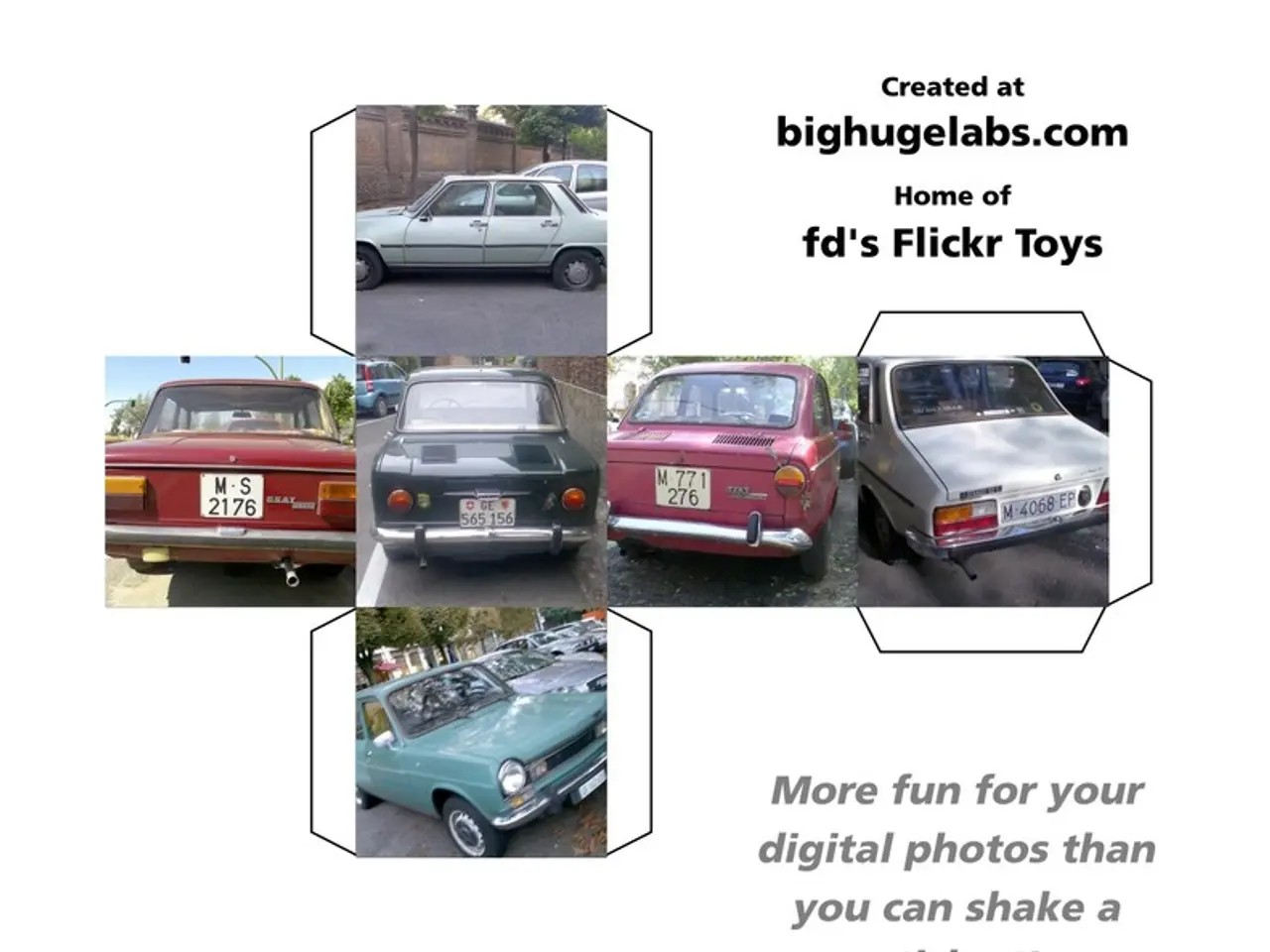Advancements in CPU Technology Focus on Artificial Intelligence in Autonomous Vehicles
The automotive industry is witnessing a significant shift towards AI-defined and software-defined vehicles (SDVs), with these vehicles expected to dominate most new vehicle sales by the late 2020s and beyond [1][3][4][5]. This transition involves centralised and zonal compute platforms supporting AI, advanced driver assistance systems, over-the-air (OTA) updates, and continuous feature monetization.
The transition timeline includes the deployment of SDVs with OTA updates, advanced infotainment, and AI-enabled ADAS by 2025 [3]. By 2030, widespread vehicle adoption of these advanced technologies is anticipated, thanks to the typical five-year hardware development cycle for compute platforms [1]. Major OEMs and tech companies like BMW, Tesla, Qualcomm, Nvidia, and leading Chinese OEMs are actively investing in next-gen SDV architectures [5].
Monetization in the automotive industry is shifting towards features-as-a-service models, with subscription-based advanced functionalities projected to grow at a 30-34% compound annual growth rate through 2035 [4][5].
Arm's Zena Compute Subsystems (CSS) platform is designed to facilitate this transition. This platform offers a scalable, flexible computing infrastructure tailored for the automotive industry's software-defined future [1]. Arm emphasises the importance of future-proofing hardware from day one to enable continuous innovation, AI workloads, and cloud-to-car software ecosystems supporting frequent OTA updates throughout a vehicle's lifecycle.
The Zena platform enables early software development on virtual platforms, accommodates unpredictable AI workload evolution, and shortens development cycles from years to around 18 months [1]. It supports the creation of safety-critical applications and high-performance AI inference needs directly in the vehicle.
The Arm Zena CSS platform is highly customisable, allowing OEMs to tailor their system-on-chip (SoC) according to their brand objectives. It is compatible with SOAFEE (Scalable Open Architecture for Embedded Edge) standards and can be paired with any GPUs and NPUs, and other components of an OEM's choosing.
The platform is intended for use in advanced automated-driving functions, in-vehicle infotainment, and vehicle system controls. Dipti Vachani, senior vice president and general manager of Automotive at Arm, believes the Arm Zena CSS technology will drive the transition to smart vehicles [2].
Zena CSS is pre-validated and integrated with other SoC technology, potentially allowing for a year-long reduction in development time [1]. Suraj Gajendra, vice president of automotive products and software solutions, emphasises Arm's foresight in predicting the movement to AI in the automotive industry [2]. Arm's technology is already deployed by 94% of the world's automakers and the top 15 automotive processor suppliers [6].
Arm's revenues have nearly tripled in the past five years, underscoring the company's growing influence in the automotive industry. AI workloads are becoming table stakes in the automotive industry, according to Vachani [6]. The Arm Zena CSS platform has already been delivered to select partners for testing, and demonstration units are expected to be shipped broadly in September [1].
In summary, Arm’s Zena platform plays a critical role in enabling software-defined automotive architectures, supporting early software development, virtual prototyping, and AI workload adaptability, and facilitating the reduction of development cycles, thus accelerating the arrival of AI-defined vehicles into the market by the late 2020s [1]. This combination of industry trends and enabling platforms like Arm Zena is shaping a future where cars become intelligent, continuously evolving computing systems rather than purely mechanical devices.
[1] Arm Press Release, 2021 [2] Interview with Dipti Vachani and Suraj Gajendra, 2021 [3] McKinsey & Company Report, 2020 [4] Strategy Analytics Report, 2020 [5] Boston Consulting Group Report, 2020 [6] Arm Annual Report, 2020
- In order to support the shift towards AI-defined and software-defined vehicles (SDVs) in the automotive industry, Arm's Zena Compute Subsystems (CSS) platform is designed to offer a flexible computing infrastructure, enabling continuous innovation, AI workloads, and cloud-to-car software ecosystems.
- The Arm Zena CSS platform facilitates the creation of safety-critical applications, high-performance AI inference needs, and reduction of development cycles, from years to around 18 months, for advanced automated-driving functions, in-vehicle infotainment, and vehicle system controls.
- Technology companies like Arm, with its Zena platform, are actively investing in next-gen SDV architectures, as major OEMs, such as BMW and Tesla, are also heavily engaged in this transition, with artificial intelligence becoming a key factor in the evolution of the automotive industry.




